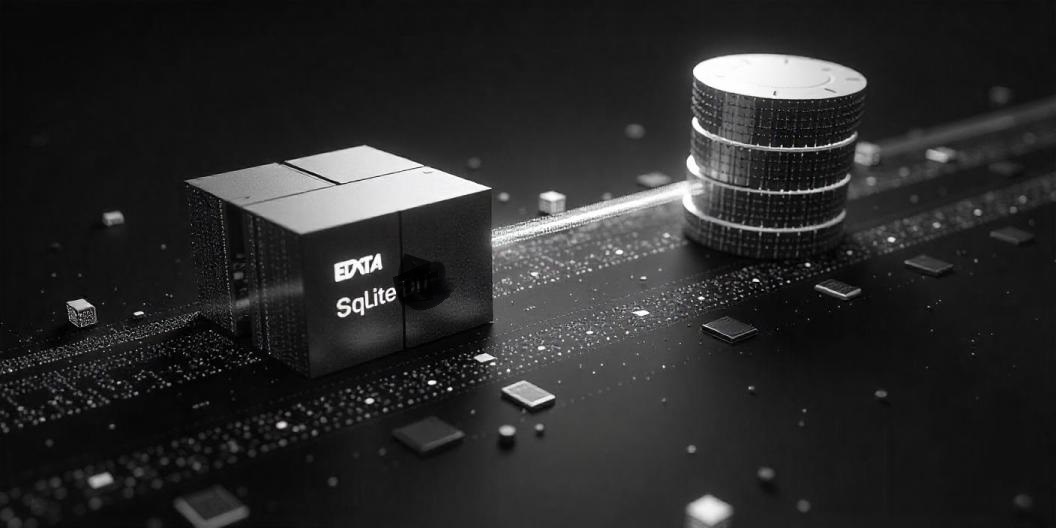
When it comes to transferring data from one database management system to another, the process can be challenging, time-consuming, and even risky. However, migrating from SQLite databases to MySQL server is not as difficult as migrating between other DBMS, primarily due to the simplicity of SQLite databases. Unlike other DBMS, SQLite does not have sophisticated database objects like stored procedures, which means that all data handling logic is placed in external applications. As a result, it is relatively easy to migrate data from SQLite to MySQL databases.
Despite the relative ease of migrating from SQLite to MySQL, there are still some challenges that one may encounter. For example, SQLite and MySQL have different methods for getting out strings inside INSERT INTO clauses. SQLite uses ‘t’ and ‘f’ for booleans, while MySQL uses 1 and 0. These differences may cause some problems during migration, making it necessary to use migration strategies that can address these differences.
Also Read: How to Write a Follow-Up Email with Examples
One of the best and easiest strategies for migrating data from SQLite to MySQL is using sqlite3 and mysql commands. The first step in this process is to dump the SQLite database with the utility sqlite3 via the statement:
$echo”.dump archive” | sqlite3 mydb.sdb>mydb.sql
It is essential to adjust the process to the sqlite3 database as necessary. It is also important to keep in mind that sqlite3 must be installed first before proceeding with the migration. The second step is to create the database in MySQL if necessary via the statement:
$echo “CREATE DATABASEmydb”| mysql -u root–p
Finally, restore the items in the file mydb.sql, massaged slightly as the following:
$sed -e ‘/PRAGMA/d’ -e’s/BEGIN/START/’ -e ‘s/”archive”/archive/’ <mydb.sql| mysql -u root -p –database=mydb
This will create a database dbtest in MySQL using a single table “archive” holding those items in your SQLite archive file. However, it is important to note that this process may not work well with large complex SQLite databases due to essential alterations in formats of DDL and INSERT statements between SQLite and MySQL.
Another popular strategy for migrating data from SQLite to MySQL is using conversion scripts on Perl or Python that can automate the conversion of SQLite script files into MySQL format. For example, a Perl script can handle most of the vital variations between SQLite and MySQL while converting the script file. This approach can be helpful, especially when dealing with large or complex SQLite databases.
Also Read: 127.0.0.1:49342 and 127.0.0.1:62893 Localhost IP Addresses: Ultimate Guide
Finally, the approach requiring least effortsis to use special commercial software for complete automation of migrating database from SQLite to MySQL.One of such tools is the SQLite to MySQL converter available through Intelligent Converters. This software provides an excellent opportunity to customize every available parameter in the conversion process. For example, there is an option to customize the resulting table structure that allows you to enhance the name and type of each column or exclude some columns from conversion. Furthermore, the software can migrate SQLite databases to MySQL server automatically or export the data into local MySQL script files containing SQL statements to create tables and fill all the data. This option can be used when the target MySQL server does not accept remote connections. Overall, this software simplifies the migration process, making it easier and more efficient to transfer data from SQLite to MySQL databases.



